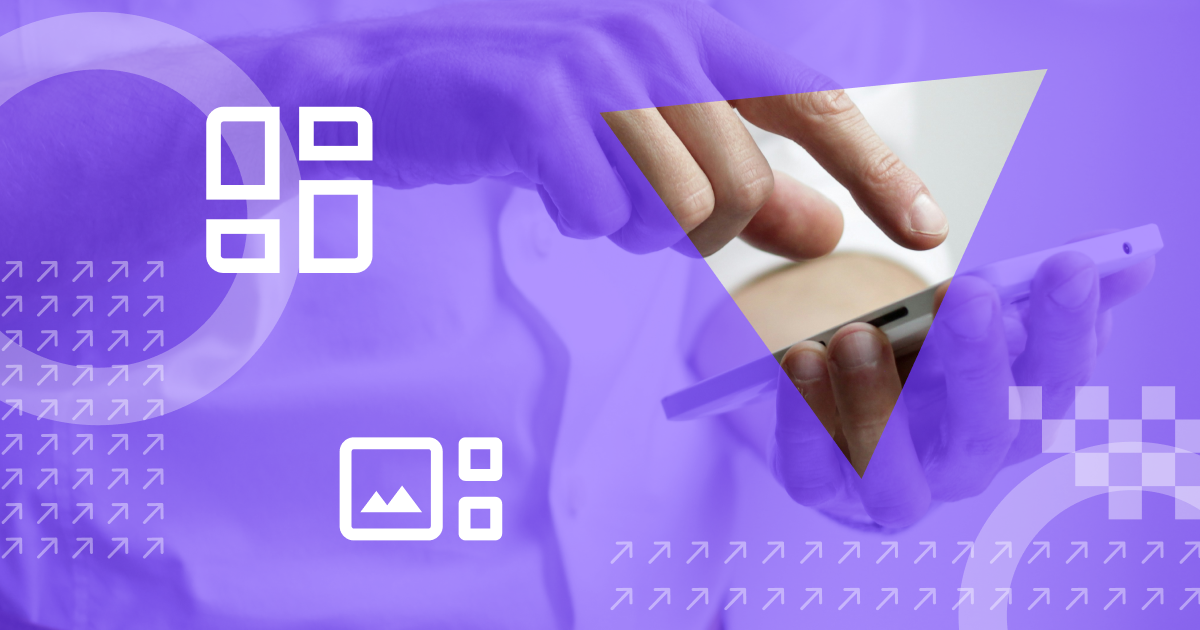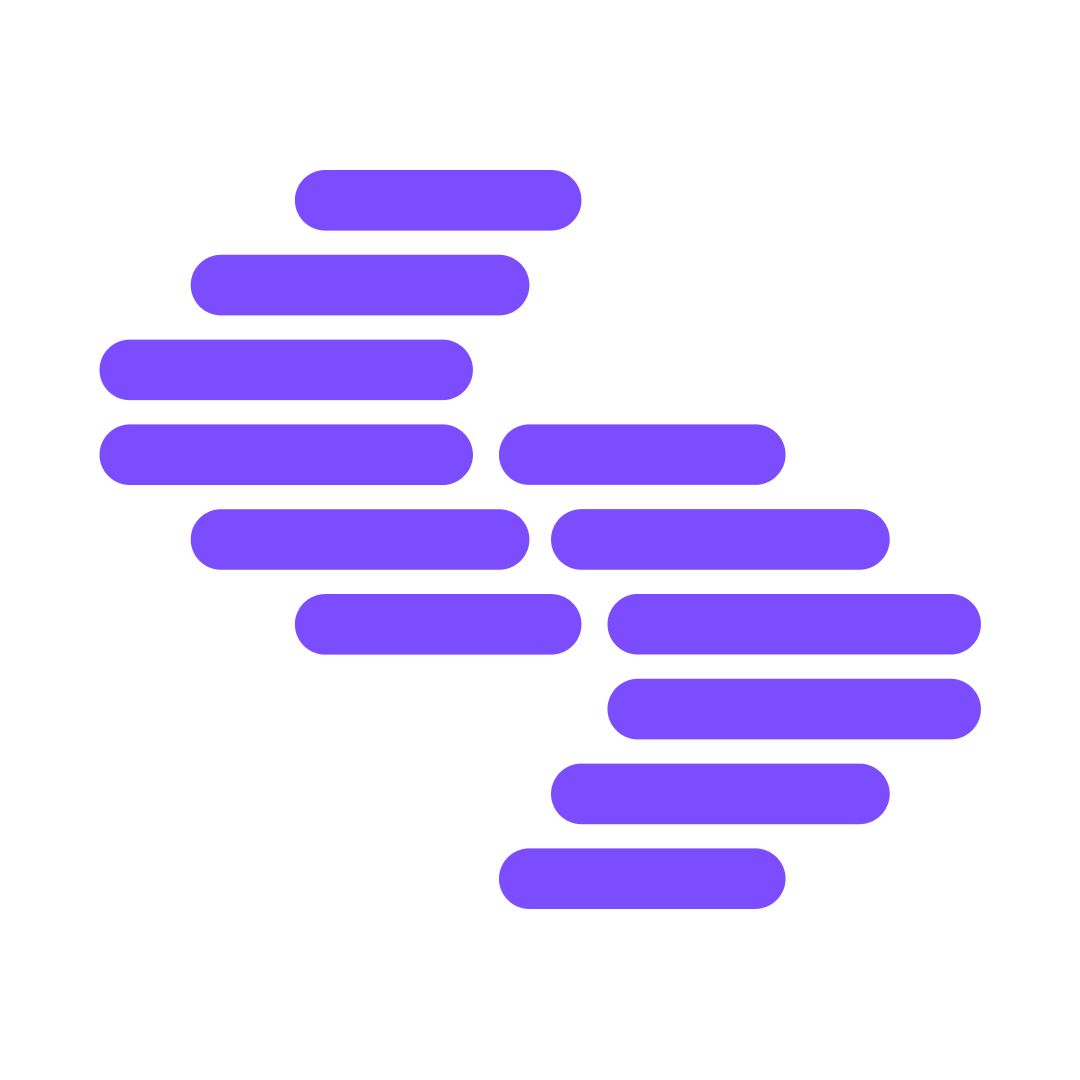Composable DXP: What it is and why It matters for modern businesses

A composable DXP offers businesses the agility to integrate tools, scale easily and create seamless customer journeys. Its modular, cloud-native system ensures flexibility and cost efficiency. Its API-driven, plug-and-play approach empowers you with a platform to adapt to future shifts in technology.
Highlights
You’ll learn about composable DXPs and why they are essential to modern businesses.
- Definition: A composable DXP is a modular, cloud-native platform that enables you to integrate digital tools through APIs to manage customer journeys
- Flexibility: Scale, integrate or replace components as needed without time-consuming overhauls
- Relevance: It powers personalized, omnichannel experiences at lower costs
Explore the benefits of a composable DXP and why it is essential for your business.
As customer demands get more dynamic, businesses need a platform that can help them keep up.
A composable DXP does that. It is a central control center for businesses to manage customer journeys. In essence, becoming a composable business is the shift in mindset, technology and architecture that positions you to be agile and responsive in the face of change.
Daryl Plummer, Distinguished VP Analyst at Gartner, said this during the keynote address at the Gartner Symposium IT/Xpo.
“Composable business is a natural acceleration of the digital business that you live every day. It allows us to deliver the resilience and agility that these interesting times demand. We’re talking about the intentional use of ‘composability’ in a business context — architecting your business for real-time adaptability and resilience in the face of uncertainty.”
What is a composable DXP?
A composable digital experience platform (DXP) is a cloud-native, modular platform that allows businesses to create, manage and optimize digital customer journeys, campaigns and content experiences via a single central hub.
The term ‘composable’ means that the DXP can integrate with various business tools that help you run your daily operations.
Why composability is the future of DXPs
The concept of composability allows businesses to build their technology stack from the ground up, relegating the one-size-fits-all approach that often leads to vendor lock-in and waste. This is essential today as it allows you to adapt to rapid changes in technology.
In practice, a global retailer can integrate a headless CMS like Contentstack to manage its publishing needs, Stripe for payments and Adobe for analytics, all within one DXP platform. APIs and microservices enable these modules to work together.
You get a modular, flexible and resilient system built to handle the dynamic global demands of today and tomorrow. So, when new technology becomes available, you can plug and play it, replacing an obsolete one.
The evolution from monolithic to modular DXPs
Going by history, today's digital experience platform (DXP) has evolved in about three phrases, which are:
- Web content management systems (Web CMS)
- Web experience management (WEM)
- Digital experience platforms (DXP), also called ‘suites.’
Initially, most DXPs were monolithic, meaning they were all-inclusive systems offering a comprehensive set of features within a single platform. However, these platforms came with a higher total cost of ownership, vendor and technology lock-in and difficulty in customizing.
A composable DXP fixes these issues. It offers a highly modular and interoperable system that enables seamless integration of best-of-breed tools via APIs.
Key features of composable DXPs
The features of a composable DXP work in tandem, creating a cohesive, robust and flexible system that enables you to manage customer journeys.
- Modularity: Each function is built as a separate service, allowing businesses to scale or modify specific modules without affecting the entire system.
- Cloud-native: Composable DXPs are built and managed in the cloud. They rely on technologies like containers, microservices and dynamic orchestration that enable you to scale computing resources based on demand. Cloud hosting also supports global availability with minimal latency.
- API-driven: APIs enable you to integrate modules and deliver content to multiple digital channels without creating duplicates.
- Flexibility and scalability: A composable DXP enhances a business's ability to grow, evolve and expand. You can deploy, update or replace self-contained modules (PBCs), deliver content via APIs and leverage extensive cloud resources to scale.
Composable vs. monolithic DXP
A composable, cloud-native DXP and a monolithic DXP are worlds apart in terms of the thinking, architecture and underlying technologies that power them.
Aspect | Composable DXP | Monolithic DXP |
Architecture | Modular, built with interchangeable components | Single, tightly-coupled system where tools are pre-integrated but rigid |
Integration | Seamless integration supported via APIs and microservices | Limited integration capabilities due to a closed ecosystem |
Flexibility | Highly customizable. You can select the best tools to fit your needs | Rigid structure. The vendor’s tools constrain customization |
Scalability | Scales easily with extra channels, tools or websites | Scaling requires significant development effort and cost |
Cost efficiency | Low total cost of ownership in the long term; you pay only for what you need | Higher total cost of ownership due to vendor lock-in and costly upgrades |
Developer friendliness | Supports modern front-end frameworks and iterative builds to test ideas (e.g., building APIs for custom apps) | Cumbersome for developers due to rigid templates, limiting the ability to adopt new frameworks |
Vendor dependence | Minimal vendor lock-in | High vendor lock-in |
How does a composable DXP work?
A composable DXP uses packaged business capabilities (PBCs) for specific business functions.
These PBCs are self-contained modules driven by microservices. APIs enable them to share data, so you can connect tools that perform different business functions. For example, APIs can unify data from Contentstack’s CDP with Shopify to create seamless customer journeys.
Content is at the heart of the entire operation. It offers a headless CMS enabling you to deliver content to any platform via APIs. It also offers elastic cloud resources that ensure that businesses can scale digital operations based on demand. This includes auto-scaling to meet sudden traffic demand rises and drops and reduce latency.
Key components and technical makeup
A modular, cloud-native DXP functions as an ecosystem where tools and systems are connected through APIs. Components typically include:
- Headless CMS for content management
- Customer data platforms (CDPs) for unified customer profiles
- Integration tools for connecting software
- Microservices that handle functions like payment processing, notifications or user management
The role of APIs in modular DXPs
APIs enable seamless data sharing between various tools. For example, a headless CMS can integrate with a DAM or analyze customer data from a CDP to deliver -targeted content.
Automation in composable DXPs
Automation tools streamline workflows without the need for code. They allow you to manage repetitive tasks such as updates, translation and publishing. This frees up time for the team to focus on high-value activities, saves costs and reduces human error.
Benefits of a composable DXP for businesses
You may be trying to find a business case for a composable DXP. The truth is, there are countless ones. For one, a composable DXP enables you to streamline operations and personalize customer interactions. Here are other benefits.
Flexible and scalable
The platform can grow alongside your business, allowing you to adapt your digital tools without costly overhauls. If you need to scale to a new region or serve a new audience segment, you can integrate personalization or localization tools to support that.
Ease of use
These platforms empower non-technical users with intuitive dashboards and drag-and-drop interfaces while providing advanced tools for developers.
High ROI
Composable DXPs save costs and reduce time-to-market. They allow you to adapt to new industry trends and plug in new technologies, enabling you to deliver new features and updates. Businesses report up to 295% ROI within three years of switching to Contentstack.
Cost efficient
You incur a lower total cost of ownership because you only select the tools that your business needs. This allows you to avoid costly vendor-lock-ins or updates. It also allows you to operate a lean system with reduced maintenance costs.
Enhanced omnichannel marketing
Fueled by centralized customer data and content delivery, it enables you to deliver digital content across multiple touchpoints. By so doing, you can achieve omnichannel consistency, enhancing customer experience and loyalty.
Faster deployment and lower time-to-market
It supports plug-and-play integration of tools, allowing businesses to launch campaigns or features 4–10x faster, giving them a competitive edge.
Case studies
Air France-KLM
With Air France-KLM's legacy system, updates took up to two weeks and using multiple CMSes was costly. Switching to Contentstack’s composable DXP and headless CMS enabled it to harmonize its digital experiences and streamline internal operations.
Ralf Schipper, the Product Owner, said, "With Contentstack, we are changing the way we distribute content and paving the way for personalization. We’re defining the solution to master content distribution and optimize content creation and management."
Keep reading to see how Air France-KLM streamlines content operations.
1-800-FLOWERS
Using a device and channel-specific platform was not ideal for 1-800-FLOWERS. Making changes was difficult, and the company could not maintain a cohesive e-commerce brand experience. It was fractured and costly to maintain.
Contentstack's composable stack offered a single central hub to power its digital platforms, leading to platform stability, faster updates and brand cohesion.
“Contentstack helps provide the foundation we need to scale efficiently, enabling us to manage multiple brands effectively and continue delivering high-quality experiences to our customers as we grow. It was a big shift for everyone, but we haven’t looked back.” Matt McHale said.
Keep reading to see how 1-800-FLOWERS benefited from a composable technology to create an integrated e-commerce experience.
Should you switch to a composable DXP?
A composable DXP frees your organization from the constraints of a monolithic system, which means more freedom, agility and control.
If you are struggling with the limitations of legacy systems—the high cost of ownership, slow time-to-market and endless IT hours on system updates or you need to deliver tailored content at scale, omnichannel experiences and enhanced customer engagement, then you have adequate business cases for a composable DXP.
However, going composable would require changes in business thinking, technology and architecture. You need adequate stakeholder buy-in to make it succeed.
Implementing a composable DXP strategy
As stated, composability is a shift in culture, mindset, tech and architecture. As such, it requires a carefully planned process. Here are the essential steps to get started.
- Audit your existing tech stack: This enables you to identify gaps and bottlenecks. Your current system may lack integration capabilities, be slow to update or may require long hours of IT work to make changes.
- Define your goals: This draws from your audit. For instance, faster publishing, omnichannel capability, scaling content localization or personalization, etc.
- Select best-of-breed tools: Select the tools that help you address specific business needs to reach your goals. These could be a headless CMS, CDP, digital asset management, payment solutions, etc. Also, ensure that select tools can be integrated via APIs.
- Build a roadmap for integration and rollouts: Create a phased approach to reduce disruption and manage risk. Define clear timelines, allocate budgets and assign roles to team members. Also, outline the composable DXP vendor selection process.
- Train teams for effective adoption and management: Invest in relevant training to upskill your team and collaborate with your DXP vendor for extra training. For instance, Contentstack Academy offers role-based training and certifications to get you up to speed.
- Test integrations and platform quality: Test each component and the entire platform to ensure they work correctly and align with user needs. You may start with pilot projects and test API performance.
- Deployment: Gradually migrate users and content to the new platform and provide support for any issues that may come up.
Overcoming challenges in composable DXP adoption
Adopting a modular DXP requires a shift in mindset, processes, technology and infrastructure.
- Complex integration: Integrating multiple tools from different vendors may pose a challenge. To manage this, opt for tools with standardized APIs and pilot test integrations before you scale.
- High initial costs: The cost of implementing the new technology can quickly build up. Manage this by opting for a subscription pricing model. Use proofs of concept (POCs) to vet tools before you commit. Start small with a modular approach, replacing only the most critical part of your technology stack.
- Team adoption and skills gap: It is normal for your team to lack the expertise to manage the new platform. Work with your DXP vendor to plug these gaps and provide role-specific training where relevant.
Building the future with composable DXPs
The plug-and-play principle of composable architecture makes it ideal for future digital transformation. Here are some examples that composable businesses can build on.
- Hyper-personalized experiences at scale: With the integration of CDPs and enhancing DXPs with AI, composable businesses will now be able to use real-time customer data to personalize customer experiences.
- Omnichannel content delivery with ease: As we know, composable DXPs centralize data and break up silos, making it the ideal approach for omnichannel marketing campaigns. This will become more relevant as customers adopt even more technology.
Finally, going composable positions you to key into future tech shifts. So, if you aim to deliver AI-powered customer service, offer telemedicine with wearable tech or leverage AR/VR for more immersive digital experiences, you will have the right tech in place.
FAQ section
What is a composable DXP?
A composable DXP is a modular, API-driven platform that enables businesses to integrate best-of-breed digital tools to create tailored, seamless customer experiences.
What is the difference between monolithic DXP and composable DXP?
A monolithic DXP is an all-in-one system with limited flexibility. Composable DXPs are flexible and agile, enabling you to integrate tools of your choice to build custom solutions.
What is the difference between CMS and DXP?
While a content management system (CMS) is used for creating and managing digital content, a DXP goes beyond that, incorporating tools like analytics, personalization and omnichannel content delivery that enable you to manage and optimize entire customer journeys.
Learn more
As we step into the age of hyper-personalization, AI-driven customer support and immersive experiences powered by AR/VR, among other tech trends, businesses require agility and flexibility to stay ahead. A composable DXP, with its API-driven, plug-and-play approach, offers the right platform for this.
Moving to a composable DXP is not merely a technical upgrade—rather, it is a shift in mindset and strategy that ushers in more innovation, control and sustainable business growth. With Contentstack, you have the right platform and partner to usher you into this new paradigm. Take the first steps to becoming composable today. Talk to us to get started.
About Contentstack
The Contentstack team comprises highly skilled professionals specializing in product marketing, customer acquisition and retention, and digital marketing strategy. With extensive experience holding senior positions at renowned technology companies across Fortune 500, mid-size, and start-up sectors, our team offers impactful solutions based on diverse backgrounds and extensive industry knowledge.
Contentstack is on a mission to deliver the world’s best digital experiences through a fusion of cutting-edge content management, customer data, personalization, and AI technology. Iconic brands, such as AirFrance KLM, ASICS, Burberry, Mattel, Mitsubishi, and Walmart, depend on the platform to rise above the noise in today's crowded digital markets and gain their competitive edge.
In January 2025, Contentstack proudly secured its first-ever position as a Visionary in the 2025 Gartner® Magic Quadrant™ for Digital Experience Platforms (DXP). Further solidifying its prominent standing, Contentstack was recognized as a Leader in the Forrester Research, Inc. March 2025 report, “The Forrester Wave™: Content Management Systems (CMS), Q1 2025.” Contentstack was the only pure headless provider named as a Leader in the report, which evaluated 13 top CMS providers on 19 criteria for current offering and strategy.
Follow Contentstack on LinkedIn.





.svg?format=pjpg&auto=webp)
.svg?format=pjpg&auto=webp)
.png?format=pjpg&auto=webp)






.png?format=pjpg&auto=webp)


